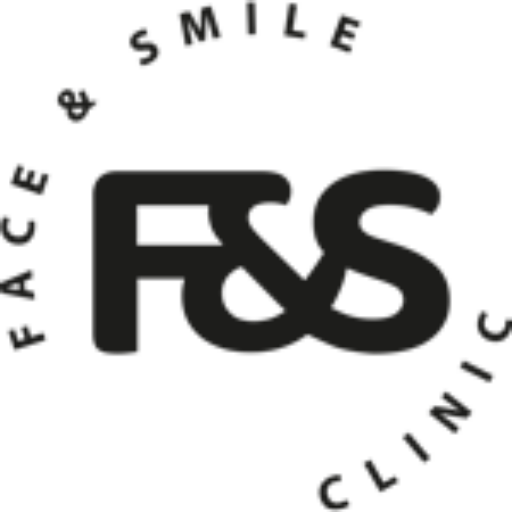Pediatric Dentistry – Pedodontics
Our children do not have enough awareness about dental health and its importance. Since dental care is a sensitive issue, families and dentists have a great responsibility.
When Do Babies’ Baby Teeth Come Out?
Average 5-6 in babies. The first milk tooth emerges in the anterior region between the last month. 30-36. At the end of the month, the eruption of all milk teeth is complete. There are a total of 20 primary teeth, 10 in the lower jaw and 10 in the upper jaw.
Delayed dentition may be associated with diseases such as hypothyroidism, rickets and mongoloidism. A baby whose first tooth has not erupted despite being 13 months old should definitely be examined by a pediatrician.
When Does the First Permanent Tooth Come Out?
Starting from the front teeth in the lower jaw at the age of 6, the anterior incisors change until the end of the age of 8. Between the ages of 9 and 12, the other posterior group milk teeth are replaced by permanent teeth (permanent teeth).
At the same time, when the child is 6 years old, permanent first molars erupt behind the last milk molars at the back of the jaws. Often times, parents are not aware of the importance of these teeth. And as a result of not brushing that area well, the teeth can decay very quickly and require difficult treatments.
When should the first dental examination be done?
The first dental examination can be done six months after the eruption of the first primary tooth. Depending on the caries risk level of your child, you should visit the pedodontist every 3 or 6 months and have the examination and necessary controls done.
Oral and Dental Care for Children
Children do not have awareness of the importance of oral and dental health. Baby and Child dental care is a particularly sensitive issue. The biggest task in this regard falls on families and pediatric dentists.
After the baby teeth start to come out, a toothbrush should be bought in suitable colors and patterns for the child and the brush should be introduced to the child. During infancy, the cleaning of teeth should be done by the parents by massaging the teeth and gums after feeding in the morning and evening, with the help of tooth cleaning wipes, cheesecloth-like cloth or sterile gauze.
In the transition period from infancy to childhood, milk teeth play an important role in chewing as well as supporting jaw development and speech function. Therefore, it should be kept in the mouth until the permanent tooth erupts. Deciduous teeth damaged for different reasons such as caries or trauma are kept in the mouth until the normal fall age with different treatments.
Why Do Milk Tooth Decay?
Depending on the mother’s milk, which is the main nutrient in infancy, the situation we call early childhood caries (baby bottle caries) is frequently encountered. The sugar content of breast milk, which is very important for growth and development, increases the risk of tooth decay in milk lakes in the mouth, especially giving breast milk before going to bed so that children can sleep comfortably. As a result of the decrease in the saliva that protects the teeth against acid attacks during sleep and the sugar content of the mother’s milk lowering the mouth pH to negative, cavities can be seen on the teeth at very early ages. When there is caries in milk teeth, treatment options differ according to the age of the child, the condition of the tooth and the cooperation of the child.
Milk Tooth Filling Treatment
In the early period, if there are cavities in the form of fractures in the teeth, a filling can be applied to the milk teeth. Since milk teeth are a separate tooth independent of the permanent tooth underneath, the filling process does not harm the underlying tooth in any way.
Dental Treatment with Sedation and General Anesthesia in Children
Treatments can be performed under sedation or general anesthesia for our pediatric patients who do not cooperate or are afraid for dental treatments.

